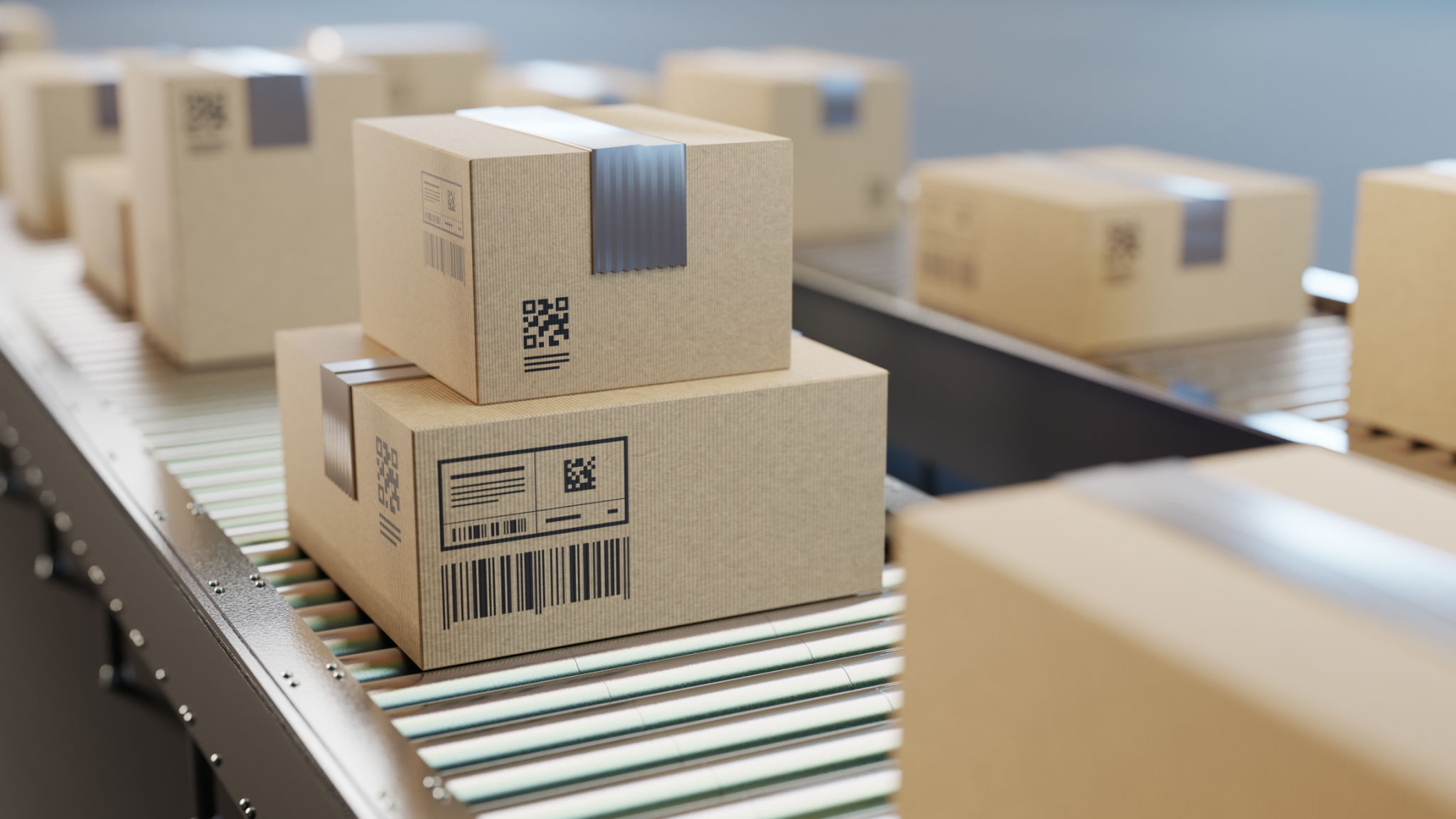Lost and Damaged Claims: Steps for Successful Recovery
Understanding Lost and Damaged Claims
Lost and damaged claims can be a challenging aspect of logistics and shipping, but understanding the process is crucial for successful recovery. Whether you are a business owner or an individual, knowing how to navigate these claims can save both time and money. This guide will walk you through the essential steps to ensure your claims are handled effectively.
Before diving into the steps for recovery, it is important to understand what lost and damaged claims entail. These claims arise when goods are lost or damaged during transit, and they require documentation and communication with carriers or insurers to seek compensation or replacement.

Gathering Necessary Documentation
The first step in addressing a lost or damaged claim is to gather all necessary documentation. This includes shipping labels, invoices, packing lists, and any other relevant paperwork. Having these documents at hand will help substantiate your claim and provide evidence of the condition and value of the goods before they were affected.
Photographic evidence can also play a crucial role in supporting your claim. Before and after images of the goods can provide a clear visual representation of the damage incurred. Ensure that these photos are clear and capture the extent of the damage accurately.
Contacting the Carrier
Once you have gathered all your documentation, the next step is to contact the carrier responsible for transporting your goods. It is important to notify them of the issue as soon as possible. Most carriers have specific time frames within which claims need to be reported, so acting quickly can prevent your claim from being denied due to late reporting.

When contacting the carrier, provide them with all necessary information, including tracking numbers, shipment details, and evidence of damage or loss. Clear and concise communication will facilitate a smoother claims process.
Filing the Claim
Filing the claim is a critical step in the recovery process. Each carrier may have different procedures for filing claims, so it is important to familiarize yourself with their specific requirements. This may include filling out specific forms or submitting documentation through online portals.
Be sure to follow up on your claim regularly. Persistence can often influence the speed and success of your recovery effort. Keep records of all communications with the carrier for future reference.
Working with Insurance Providers
If your shipment was insured, you may need to file a claim with your insurance provider in addition to the carrier. Insurance policies often have their own set of requirements for claim submission, which may include additional documentation or evidence.

Understanding your policy's coverage limits and exclusions is crucial. This knowledge will help you set realistic expectations for what compensation you might receive from the insurance provider.
Following Up on Your Claim
After submitting your claim, it is important to follow up regularly with both the carrier and your insurance provider. This ensures that your claim is being processed and allows you to address any additional information requests promptly.
In some cases, claims may be disputed or denied. If this happens, you have the right to appeal the decision. Be prepared to provide any additional evidence or clarification needed to support your case.
Conclusion
The process of recovering lost or damaged goods can be complex, but by following these steps, you can improve your chances of a successful claim. Remember, thorough documentation, timely communication, and persistence are key components of effective claims management.
By understanding and navigating the claims process effectively, you can protect your business or personal interests and ensure that any losses are minimized or compensated.
